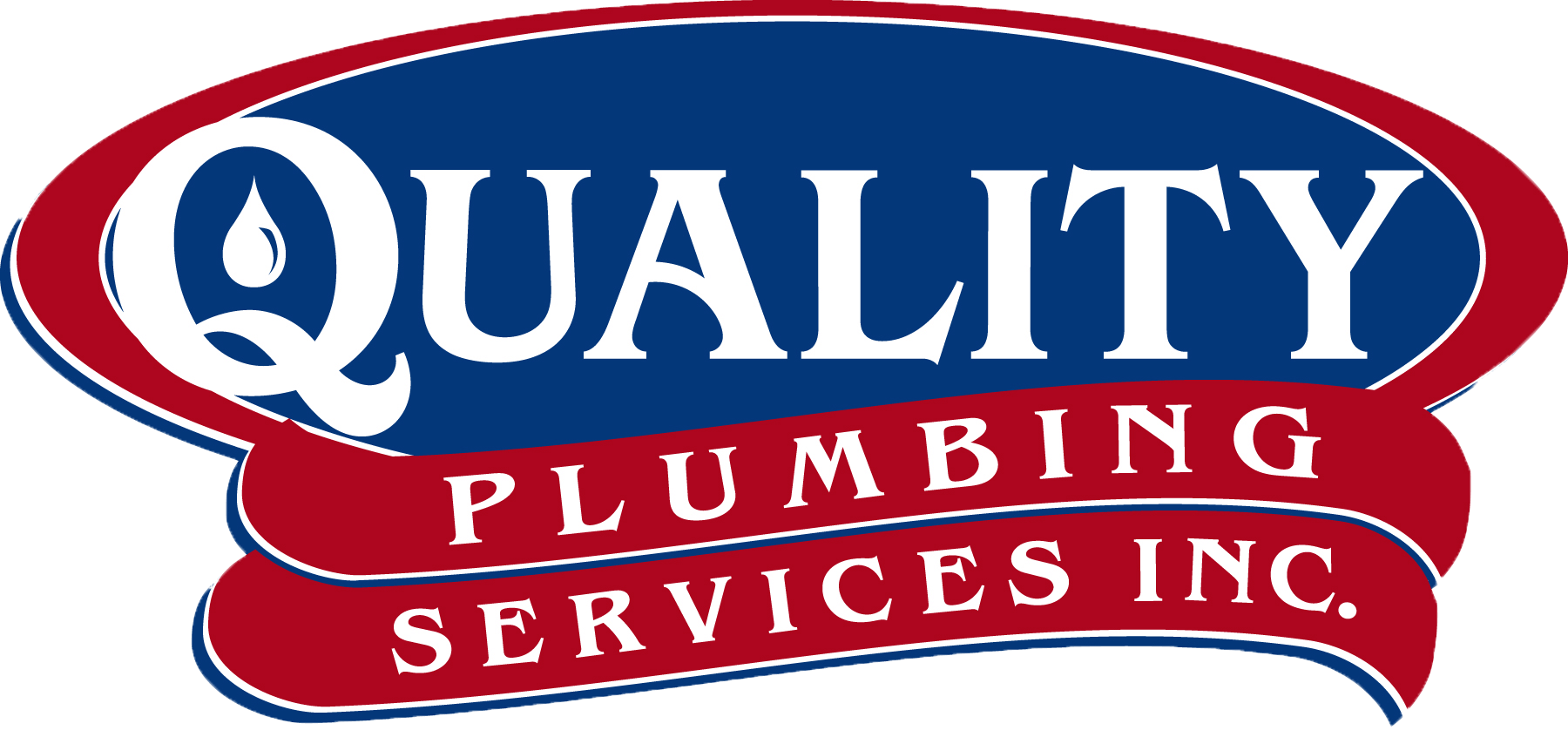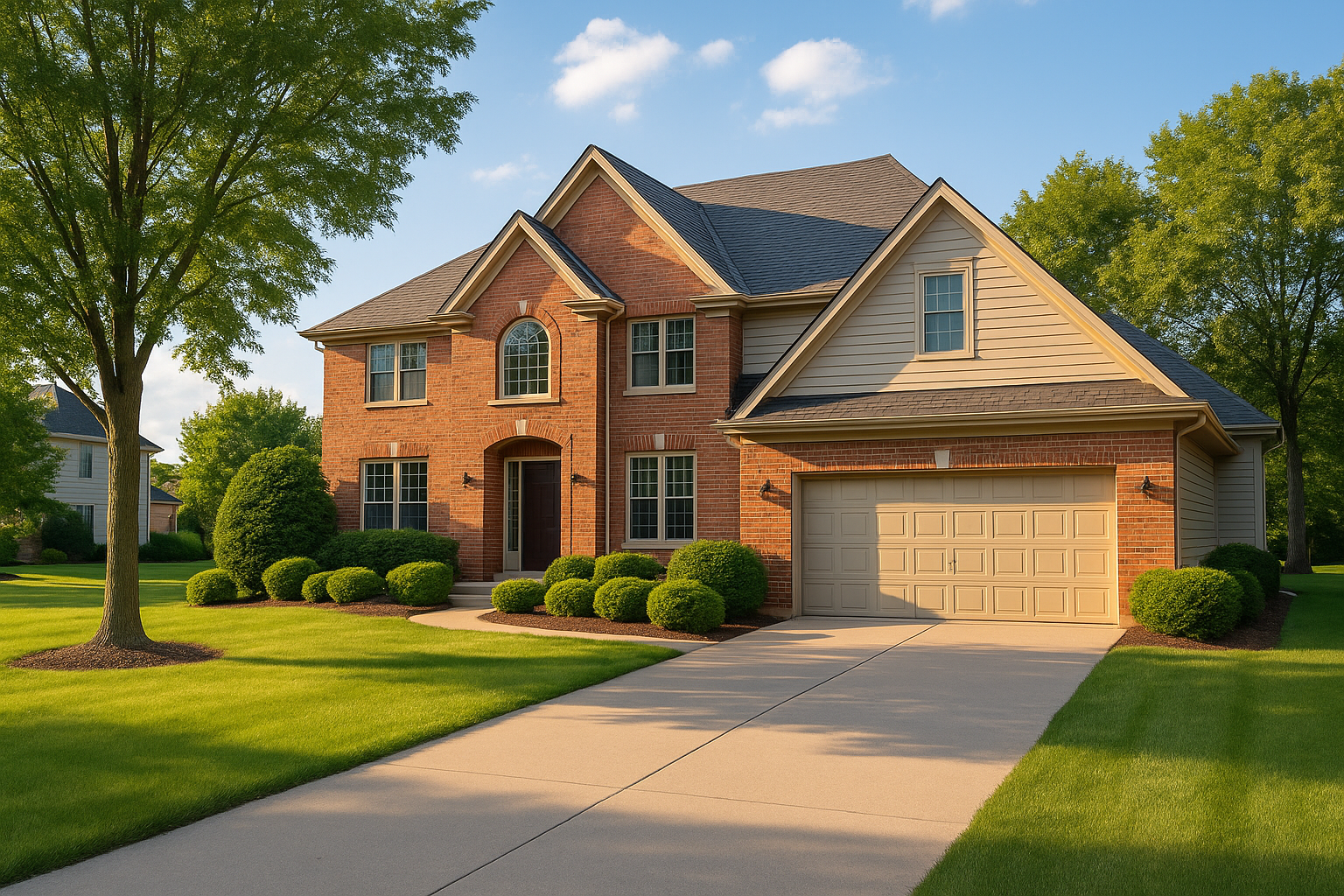What to Look for During a Home Plumbing Inspection
What to Look for During a Home Plumbing Inspection
Plumbing is one of those systems you barely think about — until something goes wrong. Whether it's a cold shower, a backed-up drain, or a basement full of water, problems tend to appear suddenly and create major headaches.
The good news? Most plumbing emergencies can be prevented with routine inspections. Just like your car needs oil changes and tire checks, your plumbing needs regular attention to stay reliable.
If you’re a homeowner in northern Illinois, especially in older homes, inspecting your plumbing twice a year can save you thousands in repairs and water damage — and keep your home running comfortably year-round.
🚨 What Happens If You Neglect Plumbing Maintenance?
Ignoring your plumbing system might not show immediate consequences — but over time, the problems stack up.
Here are just a few of the issues that can arise from skipping inspections:
- Frequent drain clogs
- Pipe leaks or bursts
- Reduced hot water availability
- Higher utility bills
- Shortened lifespan of fixtures and appliances
- Poor water quality
- Increased risk of frozen pipes in winter
- General home inconvenience and stress
✅ The Benefits of Regular Plumbing Inspections
Taking just 30–60 minutes a couple of times per year to perform a visual inspection can provide some major advantages:
- Extended life of fixtures and appliances
- Reduced risk of costly water damage
- Consistent hot water for daily routines
- Lower water and energy bills
- Improved water quality
- Fewer unexpected breakdowns
- Peace of mind knowing your home is protected
🛠️ What to Check During a Home Plumbing Inspection
You don’t need to be a professional plumber to perform a basic checkup. Here’s a homeowner-friendly checklist to help you stay ahead of issues before they become emergencies:
1. Check Your Water Heater
- Look for leaks under and around the tank. Any moisture or puddling can signal internal failure.
- Test the pressure relief valve to ensure it functions smoothly.
- Inspect gas and electric connections for signs of corrosion, damage, or burning smells.
2. Look for Leaks and Moisture
- Inspect under sinks and around toilets for dripping pipes or water stains.
- Check exposed pipes in the basement or utility closet for condensation, rust, or dampness.
- Even small leaks can waste hundreds of gallons a year and weaken your home's structure.
3. Test Drains and Faucets
- Run water in every sink, tub, and shower to check for slow drainage or bubbling — signs of clogs or vent issues.
- Check for faucet drips — a worn washer can waste gallons of water every day.
- Flush all toilets and ensure they stop running properly after refilling.
4. Inspect Water Treatment Systems
- Water softeners prevent scale buildup and protect appliances — make sure yours is working or consider installing one if your home has hard water.
- Water filtration systems improve water quality and protect against buildup from chemicals and sediment.
5. Evaluate Pipe Insulation
- Pipes in unheated spaces (like basements or crawlspaces) should be insulated to prevent freezing.
- Look for tears or missing insulation, especially before winter hits.
🧪 Bonus Tip: Run a Bucket Test
Dump a gallon of water into your sump pit (if you have one) or run a quick test of less-used drains to check for blockages or slow flow. Catching issues now means avoiding flooded basements later.
📆 How Often Should You Inspect?
We recommend a full DIY plumbing inspection every 6 months, plus a professional inspection once a year to catch issues behind walls, under the slab, or in hidden lines.
Protect Your Home With a Trusted Plumbing Partner
At Quality Plumbing Services Inc., we’ve helped homeowners across Chicagoland protect their homes with reliable inspections, fast service, and expert guidance. If you’re not sure what to look for — or want help checking deeper parts of your plumbing system — our licensed plumbers are here for you.
✅ Read our 5-star Google Reviews to see why local families trust us to protect their homes.

